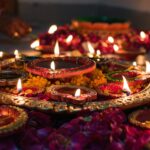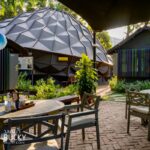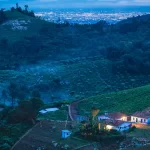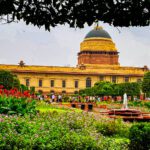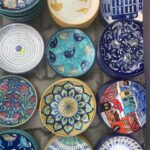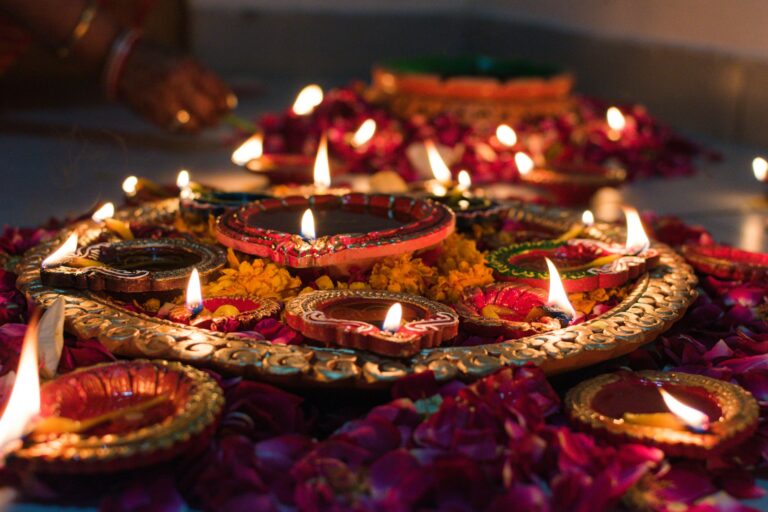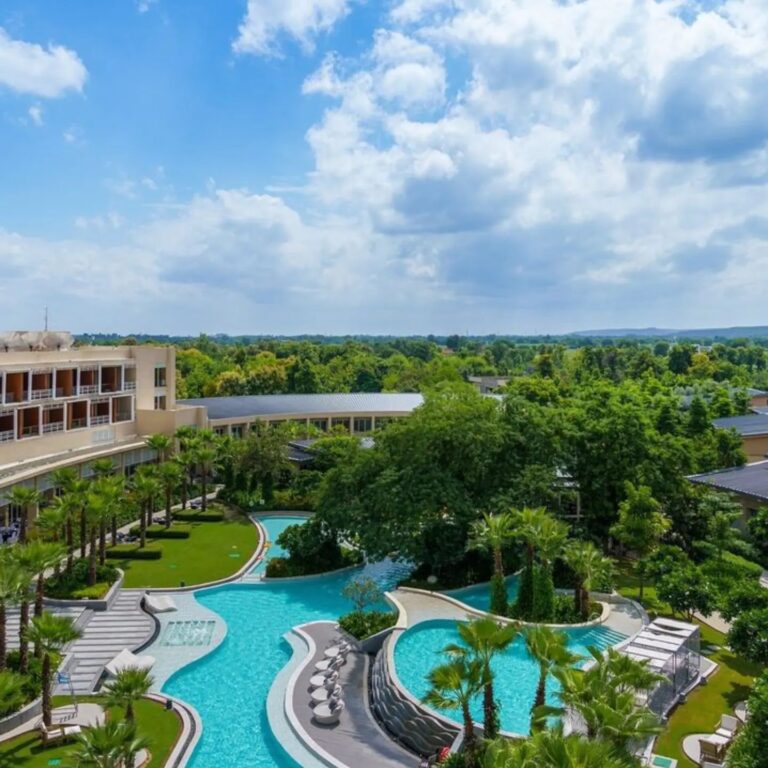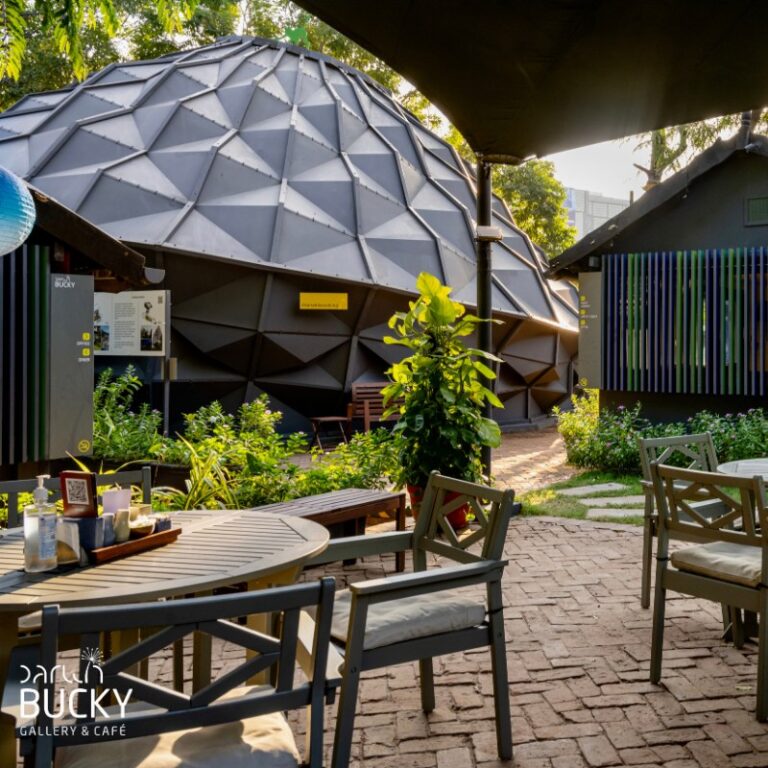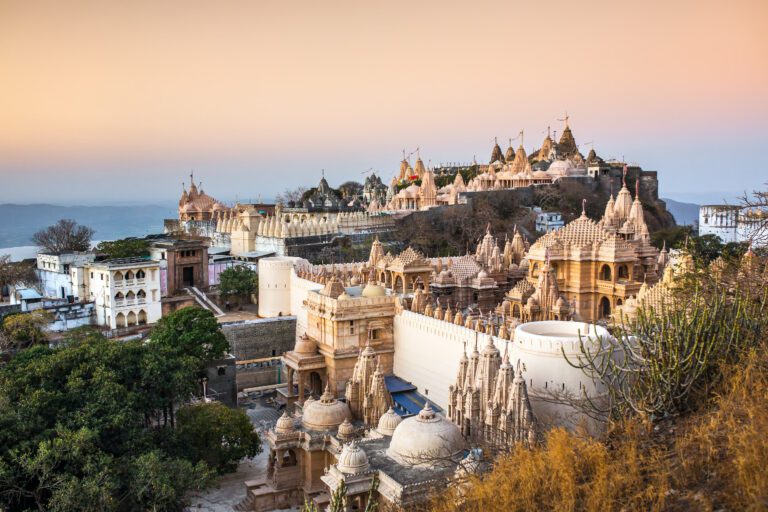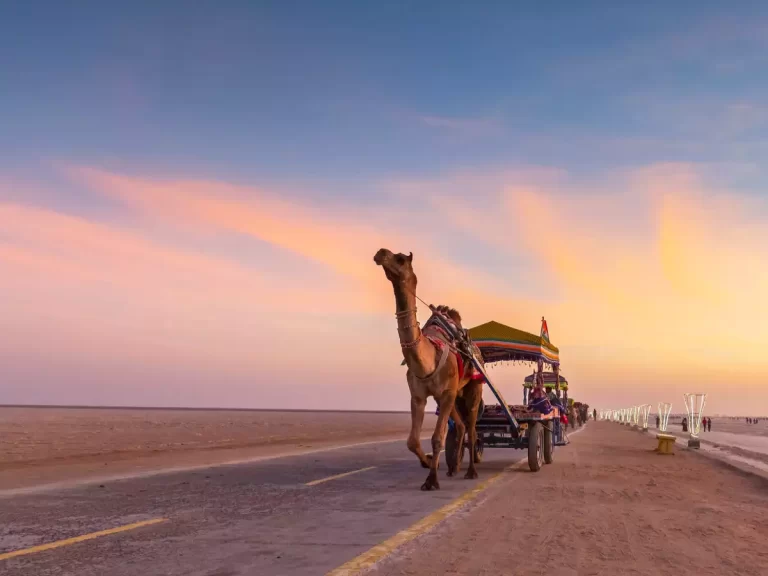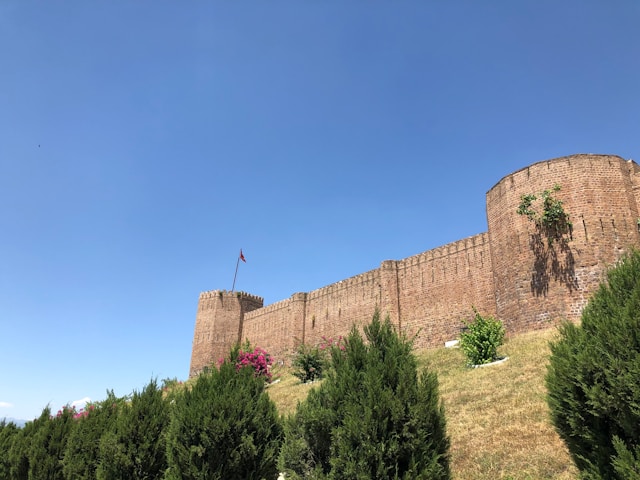
Jammu is a real delight for tourists, with endless stretches of evergreen forests, lively street markets selling handicrafts and regional cheese, ancient castles and temples, and the snow-capped Himalayas in the background. Although many people prefer Kashmir’s snow and mountains, Jammu, which is nearby, is a fantastic addition to your trip and, if you go there at the correct time of year, even has skiable terrain. This helpful tool can help you decide when to visit Jammu based on your preferences—walks, scenery, or snowfall.
What’s the best time to visit Jammu?
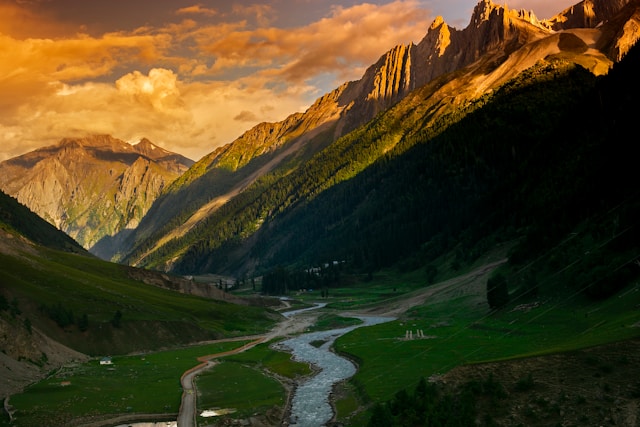
The autumn and winter seasons, which run from October to March or April, are the ideal times of year to visit Jammu. With daily highs of no more than 30°C, the weather is nice throughout this time of year. This implies there will be lots of sunshine to enjoy the many walks and tourism destinations in the valley. See the stunning Amar Mahal Museum, a former palace that now houses a museum with a view of the lovely Tawi River and resembles a French château. The 120 kg pure gold golden throne of Jammu and paintings by M.F. Hussain and Laxman Pai are housed within. The Bagh-e-Bahu, a large garden inside the Bahu Fort with stone sculptures, fountains, and lovely tree-lined pathways, also has a view of the Tawi River.
Jammu is renowned for its temples, which include the Ranbireshwar Temple on Shalamar Road, the Vaishno Devi Temple in Katra, which attracts thousands of pilgrims annually, and the Shiv Khori shrine on a hill near Udhampur. Beyond the temples, don’t miss the Mubarak Mandi Palace, which was formerly the Maharaja of the Dogra dynasty’s palace. You should also visit Patnitop, a hill station, for its stunning scenery, hiking trails, and skiing.
In Jammu, the monsoon season runs from July to September and brings with it moderate to severe rainfall. It is not suggested to visit Jammu during this time of year because of the frequent downpours and increased risk of landslides and floods.
The temperature in Jammu Throughout the Year
October to March: The temperature ranges from 5°C to 30°C, making it the cooler period of the year. This is an ideal time for tourists to visit, enjoying mild to moderately cold weather.
April to June: Temperatures rise significantly, ranging from 17°C to 42°C. This is the hottest time of the year, with scorching heat prevalent in the region.
July to September: The temperature ranges from 23°C to 35°C. The monsoon season brings some relief from the intense summer heat, with occasional rainfall cooling the region.
Where does it snow in Jammu?
In contrast to Kashmir, which receives snowfall throughout the year due to its high elevation, only certain regions of Jammu receive snowfall during the winter. Jammu is made up of forests and lesser hills, whilst Kashmir is mostly made up of mountains and valleys. Head to Patnitop, which is higher up than the rest of Jammu and situated between the towns of Ramban and Udhampur, if you’re searching for snow in Jammu. In the winter, Patnitop receives a lot of snowfall, which makes it a fantastic place to go on outdoor activities like ziplining, skiing, sleigh rides, trekking, and more. A ropeway ride on the Skyview Gondola is another amenity offered by the opulent resort Skyview by Empyrean, Patnitop. The hour-long drive from Patnitop to Sanget Valley is reduced to 12 minutes with this picturesque ride. The point of skiing
How to get to Jammu
From Srinagar, it takes roughly five hours to go to Jammu’s major city. Another option is to fly to Jammu Airport from Srinagar International Airport; the trip takes slightly less than an hour. IndiGo, SpiceJet, and Air India all provide regular nonstop flights between Delhi and the destination if you’re coming from there. There aren’t many non-stop flights from Mumbai, and IndiGo is the primary airline. Your best option is to book a ticket with a layover in Delhi or Srinagar if you are unable to find one.
How many days are enough for traveling in Jammu?
You should have enough time to see the major sights of Jammu in three to four days. Try some of the local specialties while you’re in Jammu, such as the hearty rajma chawal, which is a staple in Jammu households and is readily available at local restaurants, and Kalari, which is a locally made stretchy cheese that resembles mozzarella and is stuffed between two kulchas with onions and both spicy and sweet chutneys. Many tourists combine their visit to Kashmir with a stop in Jammu, which they use as their final destination before returning by plane from Jammu airport. To make the most of the slopes, visit Patnitop in the winter and extend your stay by a few days if you intend to go skiing.

